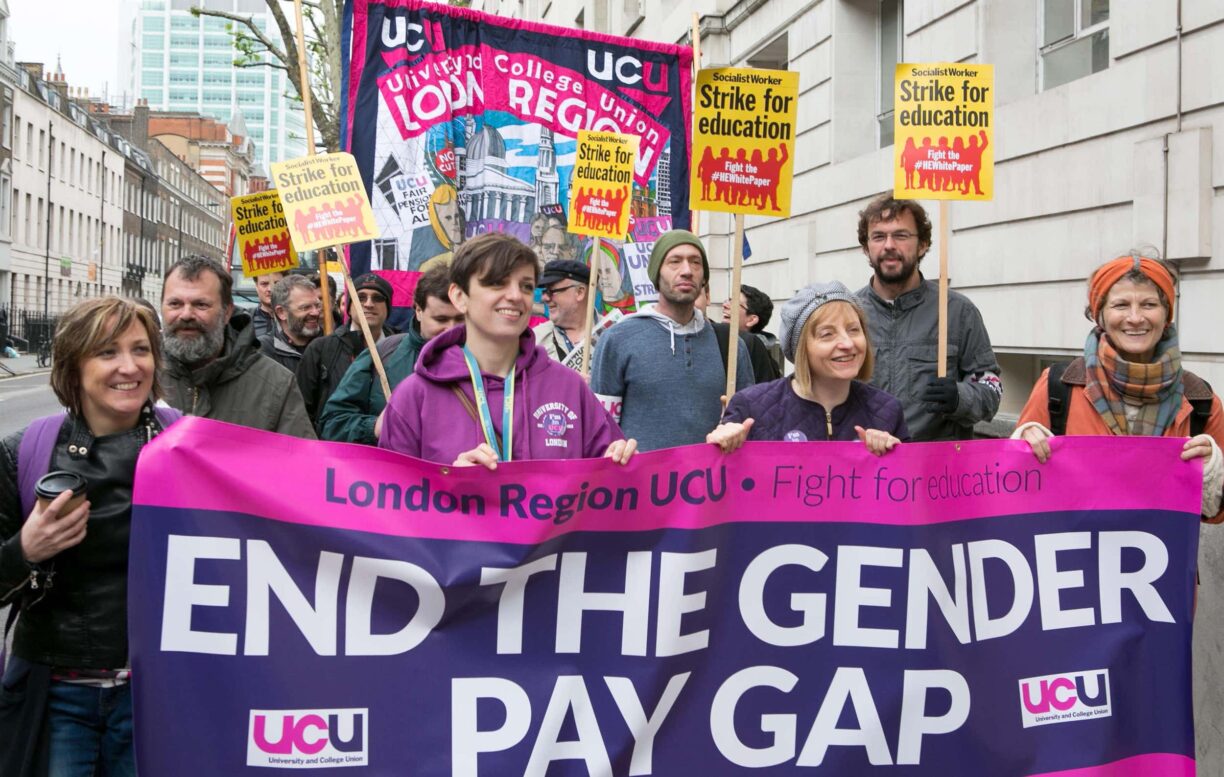Alex Scott says she wants to continue as a football presenter despite receiving misogynistic remarks, as she feels it is her “responsibility to change perceptions”.
The former Arsenal and England star, 37, will be on the panel of pundits commentating for the BBC during the upcoming Women’s Euro 2022 championships.
Being a woman in such a male-dominated industry has meant tackling sexism and breaking down barriers throughout her career. So, what should you do if sexism is getting in the way of your professional development?
What sexism can look like at work
From subtle remarks and benevolent sexism to more insidious behaviour, misogyny comes in many guises in the workplace.
Scott told the Radio Times: “I’ve had so many tweets saying I should be at home ironing or cooking. I don’t care about those, but sometimes people threaten my life and those have to be taken seriously.
“It’s my responsibility to change perceptions by sitting in that chair and talking about football.”
In less public-facing roles, misogyny may look different, but sexism in the workplace is still common.
Author of Closing the Gap, Teresa Boughey, shares her own experience of workplace sexism. “I went on a non-executive director governance program and was the only woman in a virtual breakout room.
One of the other group members immediately assumed the role of chair, and said, ‘You can take the notes because you’re a woman’.
“I reminded the individual that I was there as an equal peer, to enhance my knowledge and participate in the discussions, not to assume the role of a note-taker. ”
Career coach, Moyra Mackie, explains: “Sexism is about power -‘power over’ rather than ‘power with’. When we talk about collaboration, emotional intelligence and empathy, there is still a widespread belief that these are ‘female virtues’, rather than human ones.
It’s underlying assumptions like this that need to be challenged as the lack of those skills has a direct impact on organisations.”
And sexism can come out in funny ways, ones that you may not even see as sexism, but actions that skirt around enacting polices that would actually benefit women are creating unequal workplaces.

“I have often been the only woman in a group of senior men. I worked briefly as a coach for a very large tech company who had sleep pods, 24-hour catered food and games rooms.
That kind of environment looks ‘fun’ but actively works against women who, survey after survey, tell us want a life outside work,” shares Mackie.
How to challenge misogyny
Knowing how to address issues like this is challenging, particularly in a professional environment.
“Raising an issue like sexist or misogynistic behaviour is the same as any form of feedback. If you have experienced bad behaviour, it’s important to find the moment and the words to express this,” says Mackie.
“The expression ‘call out’ seems both confrontational and also directionless – effective communication is mindful and intentional, so ask yourself what you really want to achieve.
You are probably wanting (at a minimum) to create awareness. [For example] ‘This thing you said or did is not OK’, and then you want to change things, [so say], ‘This is what ‘good’ looks and sounds like’.

She recommends that you “point to specific words or actions that you have a problem with. Stay calm and use ‘I’ statements to describe the impact on you personally.
“Avoid generalising or intellectualising your comments as a way of avoiding ‘personalising’ things,” she adds.
Next, look around your workplace and see who else may be encountering the same obstacles of misogyny. “If you wish to change something systemic, rather than individual, then seeking allies is a crucial first step. Any change requires allies in the power group – so find supportive men as well as women.”
You could even gather data and info on the benefits of an equitable workplace as well as real, human examples, to take to higher management. “Make sure you have good emotional support during this time, as culture and systems change takes a toll,” she adds.
What companies can do

Misogyny in a huge barrier for women’s career progression and organisations must take responsibility for the culture of the workplace – and actively work to change it.
Chris Adcock, managing director at Reed Technology, says: “It’s no longer good enough for workplaces just to put policies in place – they must see them through and embed them into their culture.
“Essentially, if companies want to change perceptions and work toward removing sexism in the workplace, it must start from the top. Managers must practise what they preach, and companies should encourage whistleblowing. All employees should be positively encouraged to speak to their managers if they see anything they are concerned about at work relating to sexism, or any other wrongdoing for that matter.
“Tackling the gender pay gap within your organisation, offering flexible working for parents, and mapping out individual career plans to ensure careers progress the same no matter what gender the employee is, are all ways to ensure your company remains attractive to the most talented professionals.”





